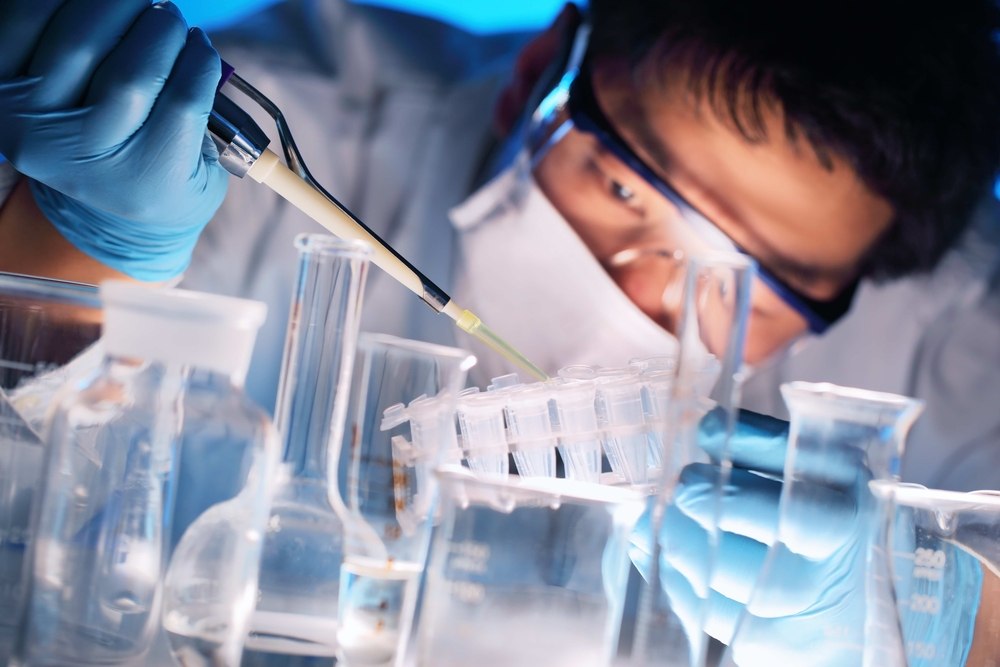Researchers Discover a New Phenomena in which Duchenne Muscular Dystrophy Cells “Eat” Themselves

 A team of researchers from the University of Portsmouth recently found that in Duchenne muscular dystrophy, a phenomena called autophagy occurs where the damaged muscle cells destroy themselves.
A team of researchers from the University of Portsmouth recently found that in Duchenne muscular dystrophy, a phenomena called autophagy occurs where the damaged muscle cells destroy themselves.
Dr. Chris Young discovered this mechanism. The research group led by Professor Darek Gorecki is working on a study focused on Duchenne muscular dystrophy.
Duchenne muscular dystrophy (DMD) is a serious inherited condition that starts in early childhood, mostly among boys, that affects the muscles, causing gradual muscle weakness. This muscle weakness is mainly in the ‘proximal’ muscles, which are those near the trunk of the body, around the hips and the shoulders.
When muscle tissue is damaged, it prompts a release of specific chemicals into the body. A specific protein, called P2X7, works as a danger receptor, alerting the body about the muscle damage. To understand the functions of this receptor, the team of researchers specifically studied muscle cells that were dystrophic due to DMD. The researchers observed that the P2X7 receptors in the DMD cells react with the danger receptor that was sent by the DMD damaged tissue.
In this new study, the team of researchers found that in DMD damaged muscles, the P2X7 is able to activate a metabolic process called autophagy, where the damaged cells truly eat themselves. Specifically, when P2X7 is activated in the DMD cells, the autophagy process start to eat healthy and necessary proteins that are close the DMD cells.
[adrotate group=”3″]
The research group is working to understand if available drugs are able to block the danger receptor, thus regulating autophagy.
Professor Gorecki said in a recent news release: “We know that abnormal function of this P2X7 molecule is responsible for at least some of the muscle damage seen in dystrophic cells, but so far the effects of P2X7 receptor shut down in combating muscular dystrophy has only been proven in mouse models.”
“What we want to find out now is whether blocking this receptor with medicines would cause overall improvement and promote the good side of autophagy”, he concluded in the news release.
The study, entitled “A novel mechanism of autophagic cell death in dystrophic muscle regulated by P2RX7 receptor large-pore formation and HSP90”, was published in the current issue of the journal Autophagy.






